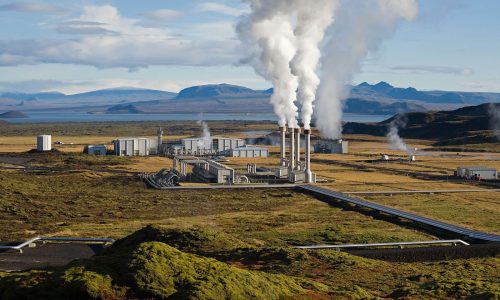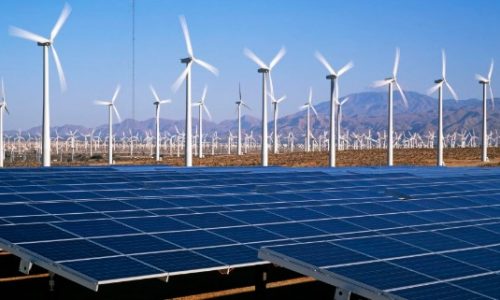The Kota Baru (New City) project in Lampung complicates matter for Arinal Djunaidi, the current Governor of Lampung. The postponed projects resulted in a lot of criticism against the Djunaidi, accompanied by several problems related to infrastructure.
Arinal Djunaidi is the Governor of Lampung given the title Sutan Dalom Pemukamarga. Djunaidi is one of the top 10 richest governor in Indonesia with a total wealth worth more than IDR 22 billion.
Djunaidi received heavy criticism regarding damages to the infrastructures in Lampung and the Kota Baru project which has not been completed since 2010.
Nirwono Joga, an urban planning observer from Trisakti University, said that the Kota Baru Lampung project must be completed immediately.
“Repairs or completion of basic city infrastructure development for Kota Baru must be completed immediately,” said Joga on April 19, 2023.
The Kota Baru project in Lampung is a multi-year project by the Provincial Government of Lampung, which has been budgeted since 2010. Currently, the Kota Baru project received many criticism. One of the critics was delivered by Bima Yudho Saputro.
Saputro complained about the poor quality of roads in Lampung Province which have been damaged for years without repair, and the development of the Kota Baru project which has been stalled to date.
Currently, as a result of this criticism, Saputro was reported by Gindha Ansori Wayka, an advocate who was once the attorney of Lampung Governor Arinal Djunaidi, to the police.
As a result, Djunaidi received the public spotlight for reporting the criticism, and was considered to be anti-criticism.
Joga said that the central government should be able to take action to expedite the Kota Baru so it can be completed quickly. For example, Joga said that the Lampung DPRD can urge the completion of Kota Baru project because over time, the currently finished building will be damaged, and can not be used. If that happens, Joga explained, the buildings would need to be renovated again which will incur more costs.
“Completion of the Kota Baru project can be targeted in 5 years or a maximum of 10 years to complete all of its supporting facilities,” said Joga.
Infrastructure projects
In addition, the infrastructure of Kota Baru Lampung must also be completed, including roads, water canals, network utilities (such as electricity, telephone, internet, clean water and wastewater, gas, and garbage), as well as all supporting offices of the provincial government center (governor’s official residence, and deputy governor, chairman and deputy chairman of the provincial DPRD, Civil Servants flats, schools, modern markets, and hospitals or health clinics).
Joga said the activities of the Lampung Provincial Government could be moved in stages, with a five-year target that all activities would be centered in the New City. That way investors from various sectors will come to open a business in the New City.
“It will be able to attract businesses related to or supporting government activities such as hotels, meeting places or conference halls, world centers or malls, rental houses or boarding houses, restaurants or, office equipment shops or printing, all of which will slowly revive Kota Baru,” said Joga.
Kota Baru Lampung is located on the former Regional Development Planning Agency (Bappeda) and Indonesian Institute of Sciences (LIPI) areas in Lampung, as well as PT Perkebunan Nusantara VII land. This project has been planned and budgeted since 2010.
Currently, there are still many problems that hinder the development process of the New City such as local residents who work on land in the Kota Baru area of Lampung without the government’s permission. In addition, budget problems are an important factor that causes projects to stall. In 2019, the Lampung Provincial Government experienced a budget deficit of IDR 1.7 trillion (US$ 113,899,830).









